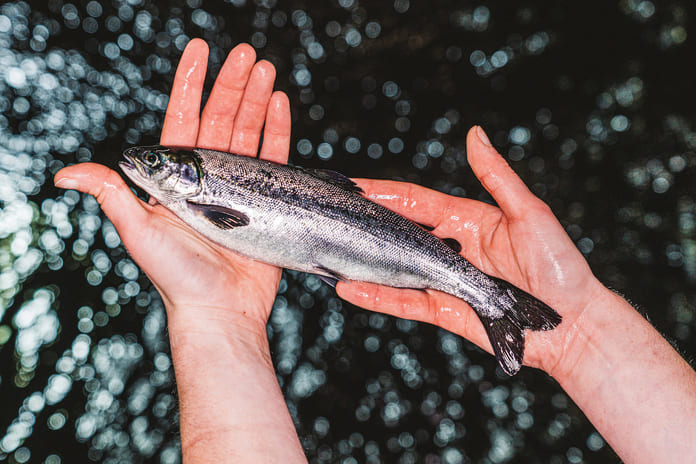First for farmed fish health.
In a press release, Scottish Sea Farms writes that it has achieved a first in farmed fish health, with no antibiotics used in any of its farming operations last year,
Antimicrobial resistance (AMR) – where bacteria, viruses, fungi and parasites become resistant to a medicine that was previously used successfully to treat it – is considered one of the biggest issues facing global health today.
RUMA (Responsible Use of Medicines in Agriculture Alliance) set a goal in 2016 of 5mg antibiotic active substance per kg of salmon produced. This compares to a target of 25mg/kg for poultry meat (broilers) and 99mg/kg for pigs.
In the four years between 2015 and 2018 inclusive, Scottish Sea Farms averaged 3.6 mg/kg but in 2019 this dropped to 0.25 mg/kg (5 per-cent of the sector target), with no antibiotic usage at all in 2020.
Scottish Sea Farms said it has been working proactively to reduce its use of antibiotics for several years, with no antibiotics used on its marine farms since 2012 and only minimal use at its freshwater hatcheries in recent years.
In 2020 however, the company achieved the milestone of zero antibiotic usage, representing an important first both for Scottish Sea Farms and for the Scottish sector as a whole.
Scottish Sea Farms Ronnie Soutar head of veterinary services said that the company’s long-held belief is “that vaccines are the answer”. He added that he will consider antibiotic use though if, in specific circumstances, “veterinary advice is that it is essential for the protection of fish welfare”.
“We’re very proud to have reached this stage. It is important on a global scale that antibiotic use is minimised and only used when absolutely essential, in recognition of concerns over antimicrobial resistance. Scottish salmon farming generally has a very low use of antibiotics compared with other livestock sectors and Scottish Sea Farms has consistently had antibiotic usage well below the sector’s target,” he said.
“Our use in the freshwater phase of production has been because infections can occur before fish are big enough to be vaccinated. However, new husbandry protocols and major investment in biosecure facilities are making such infections increasingly rare,” added Soutar.


